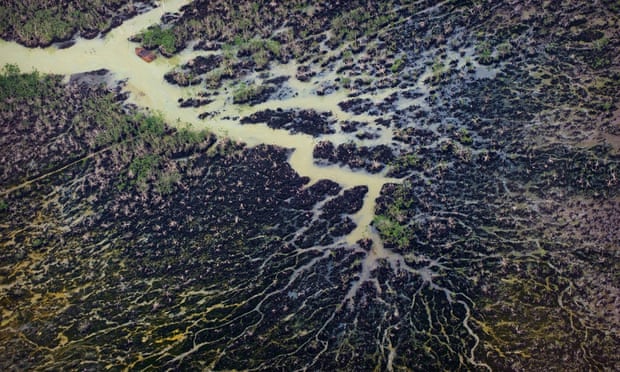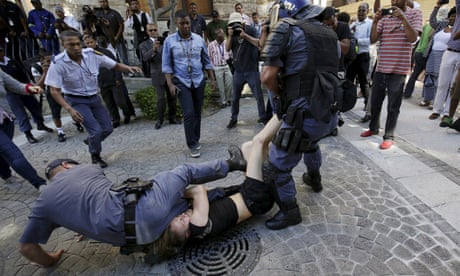By Tyler Campbell
Impunity Watch Reporter, Africa
BUJUMBURA, Burundi – Human Rights group Amnesty International has released Satellite photos of suspected mass burial sites inside Burundi. There are five separate areas outside the capitol of Burundi, which seem to indicate mass burial. This report is corroborated by eyewitness stories and a UN investigation into 9 mass burial sites. These sites are linked to the violence that occurred when President Pierre Nkurunziza announced he would be running for a third term.

Back in April 2015 President Nkurunziza made his announcement and it lead to violence in the nations capitol. The UN has reported that since his announcement at least 400 people have died and 240,000 people have fled the country.
The images of the reported mass grave sites are linked to new violence that occurred in early December. Government authorities, mostly police, carried out attacks on civilians on December 11th, in response to an attack on a military base in Bujumbura. These attacks have been focused on areas and villages believed to be in opposition to the reelection of the president.
The UN is worried that these mass graves are just the beginning of trends of other human rights violations. Along with the mass graves there have been reports of sexual violence, torture, and increased disappearances. The UN believes 87 people were killed last month bringing the total to above 400 since the April announcement. Although, the UN admits the actual number may be much higher.
In response to the allegations from the UN and Amnesty International, Burundi’s foreign minister called it “mudslinging against the authorities in Bujumbura.” The minister also asked that organizations wait to see result of an investigation that had been ordered by the attorney general. Organizations and governments alike are worried that the violence could devolve back into the civil war that rocked the country from 1993 through 2003. It is believed nearly 300,000 people died during that war.
For more information, please see:
CNN – U.N. rights chief calls for investigation of rapes, mass graves in Burundi – 15 Jan. 2016
BBC – Burundi crisis: Amnesty claims evidence of ‘mass graves’ – 29 Jan. 2016
France 24 – Amnesty says dozens buried in Burundi mass graves – 30 Jan. 2016
The Herald – Burundi mass graves “a lie” – 6 Feb. 2016



